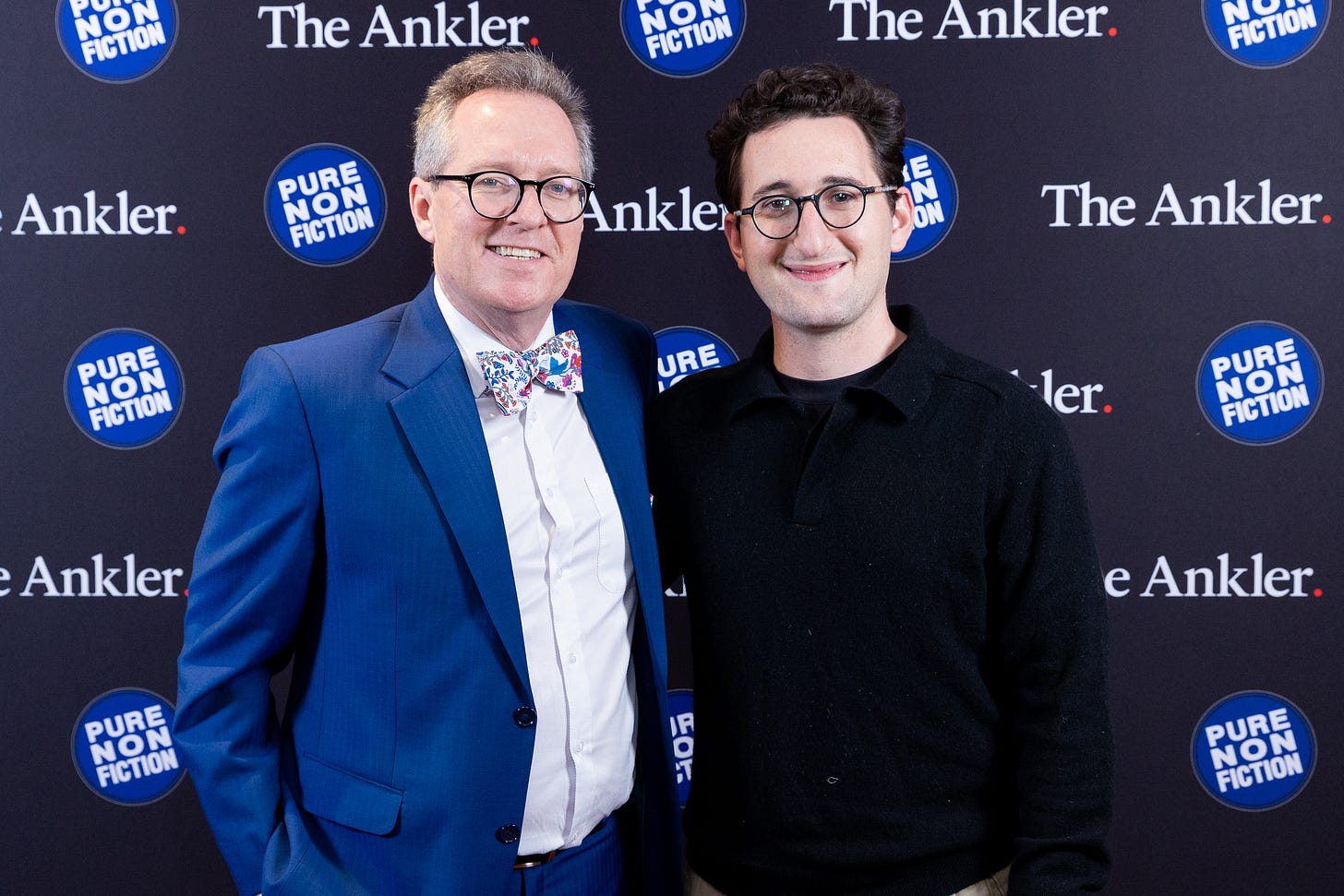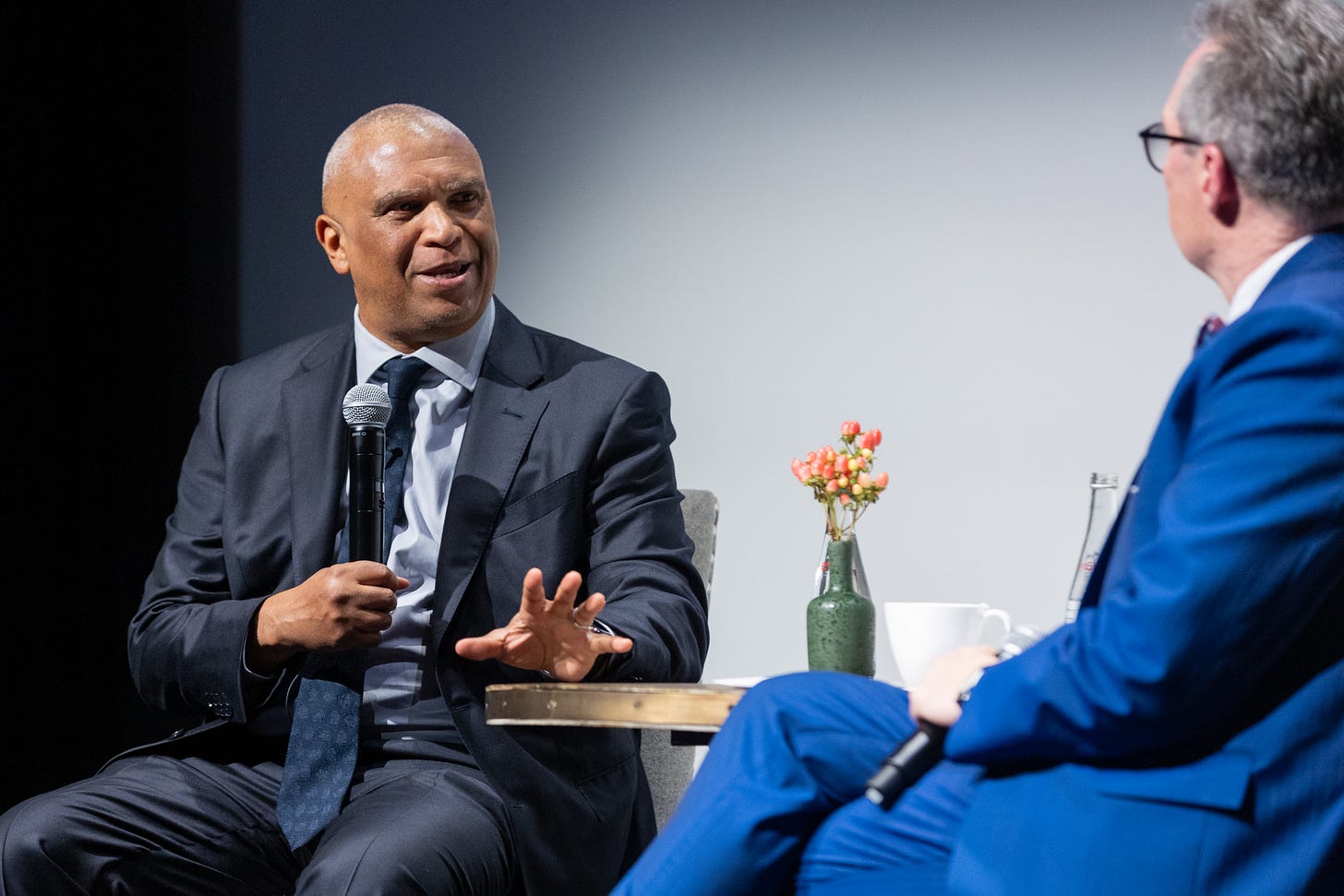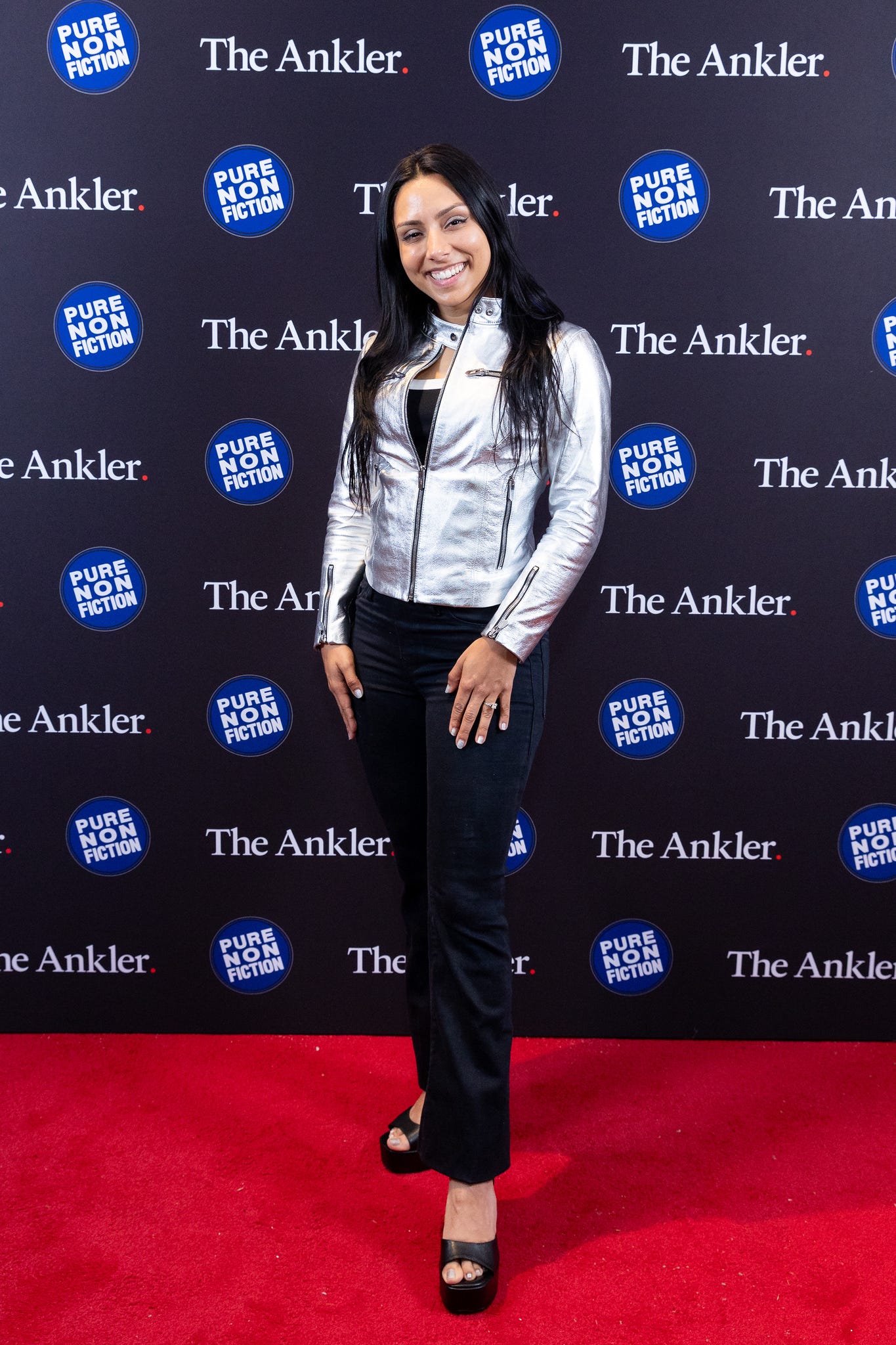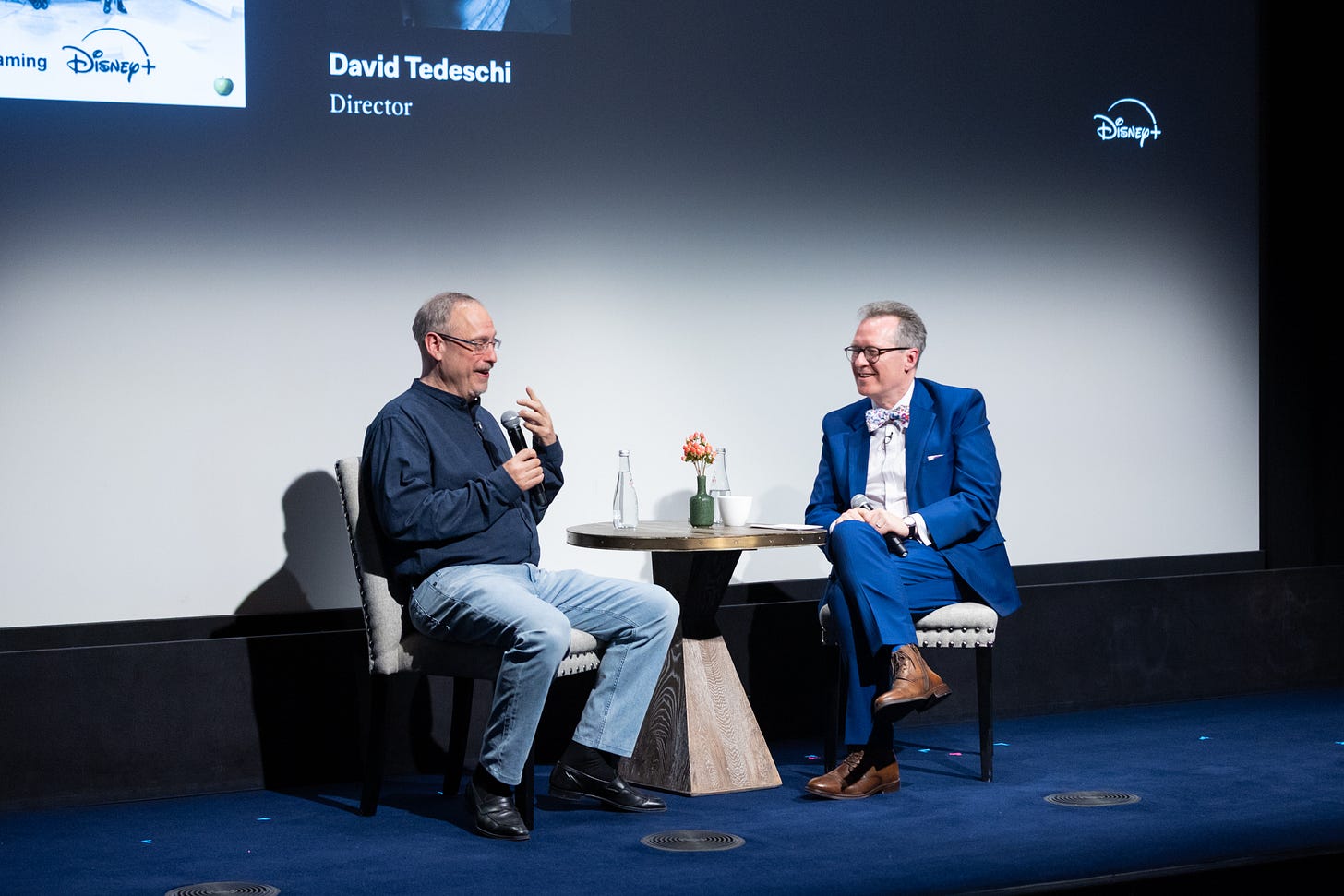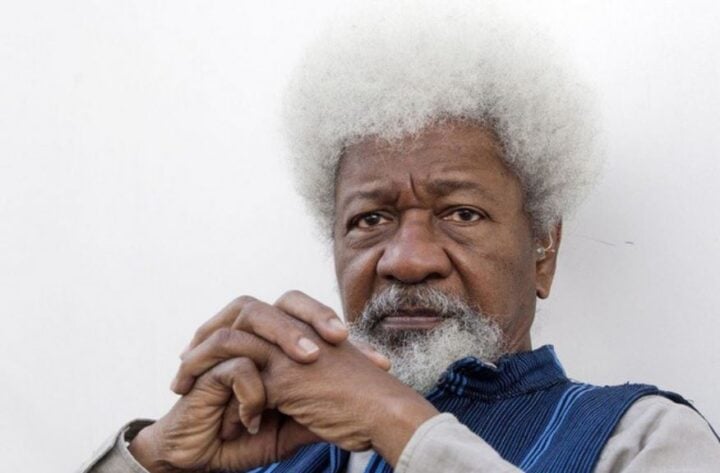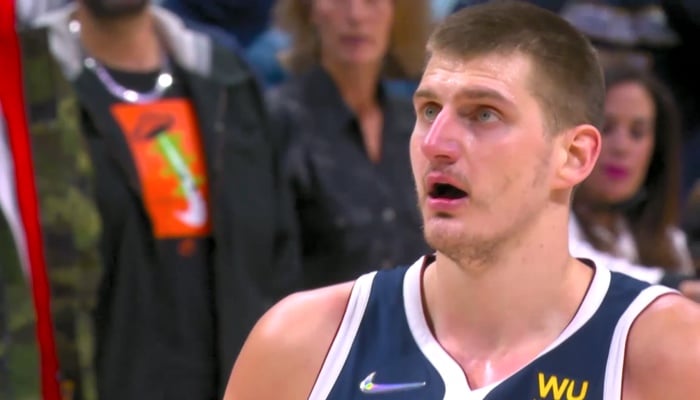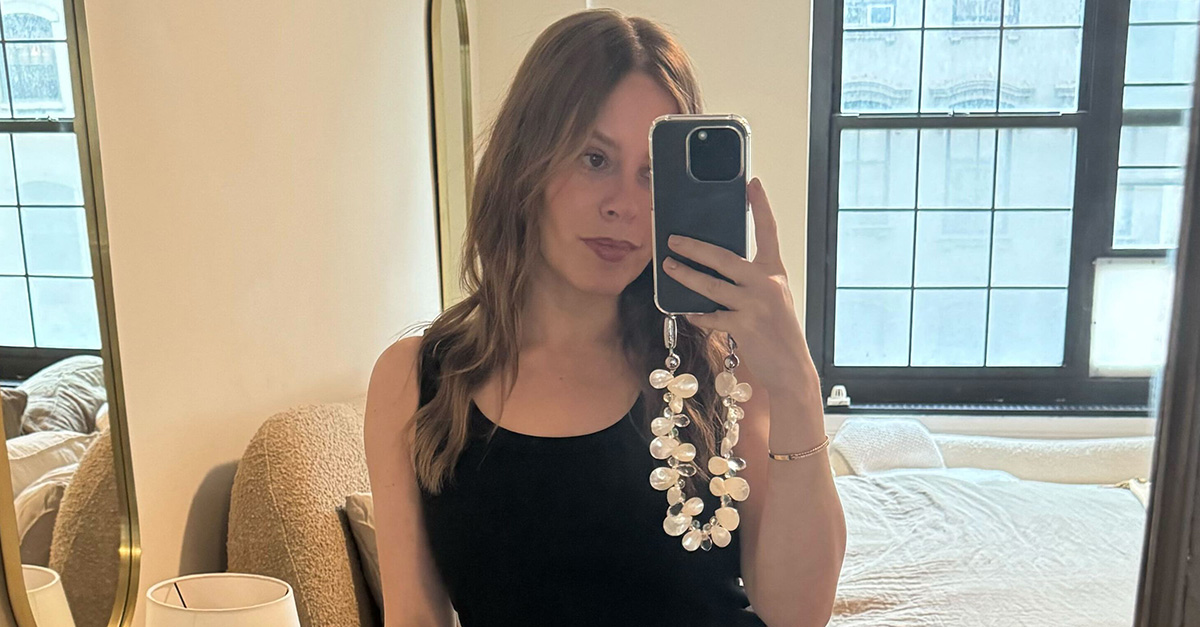Documentary Spotlight NYC: Diddy, Murder, Music & the Missing
the home for post-Ankler Events content, you can watch all of the documentary panels.
there’s not much similarity between a documentary series revealing the stories of accusers and one about a succession battle at a Renaissance festival. Still, while discussing their films during The Ankler & Pure Nonfiction’s Documentary Spotlight event on May 21 in New York City, the projects’ respective creators suggested each was rooted in a “rigorous journalistic approach,” as producer put it.
For The Fall of Diddy co-directors and , along with Robertson, that meant giving 30 of Sean Combs’ accusers “safety in numbers,” Richen said, to tell their stories of violence and abuse — many of which had never been shared before. For Ren Faire director , it meant treating the dramatic double dealings of his series’ colorful characters in “very cinematic terms,” he said, adding that the project required a level of “investigative enterprise” generally reserved for loftier fare. And for keynote speaker , it meant painstakingly sifting through hundreds of archival videos to create a rich, diverse and memorable opening montage for Ladies and Gentlemen… 50 Years of SNL Music — a process that took an extra four months after the rest of his film had wrapped.
Regardless of the subject matter, commitment to the story and the truth were paramount to all seven documentaries featured at the gathering at the Crosby Street Hotel, the fifth collaboration between The Ankler and Pure Nonfiction after previous events in New York, Los Angeles and London.
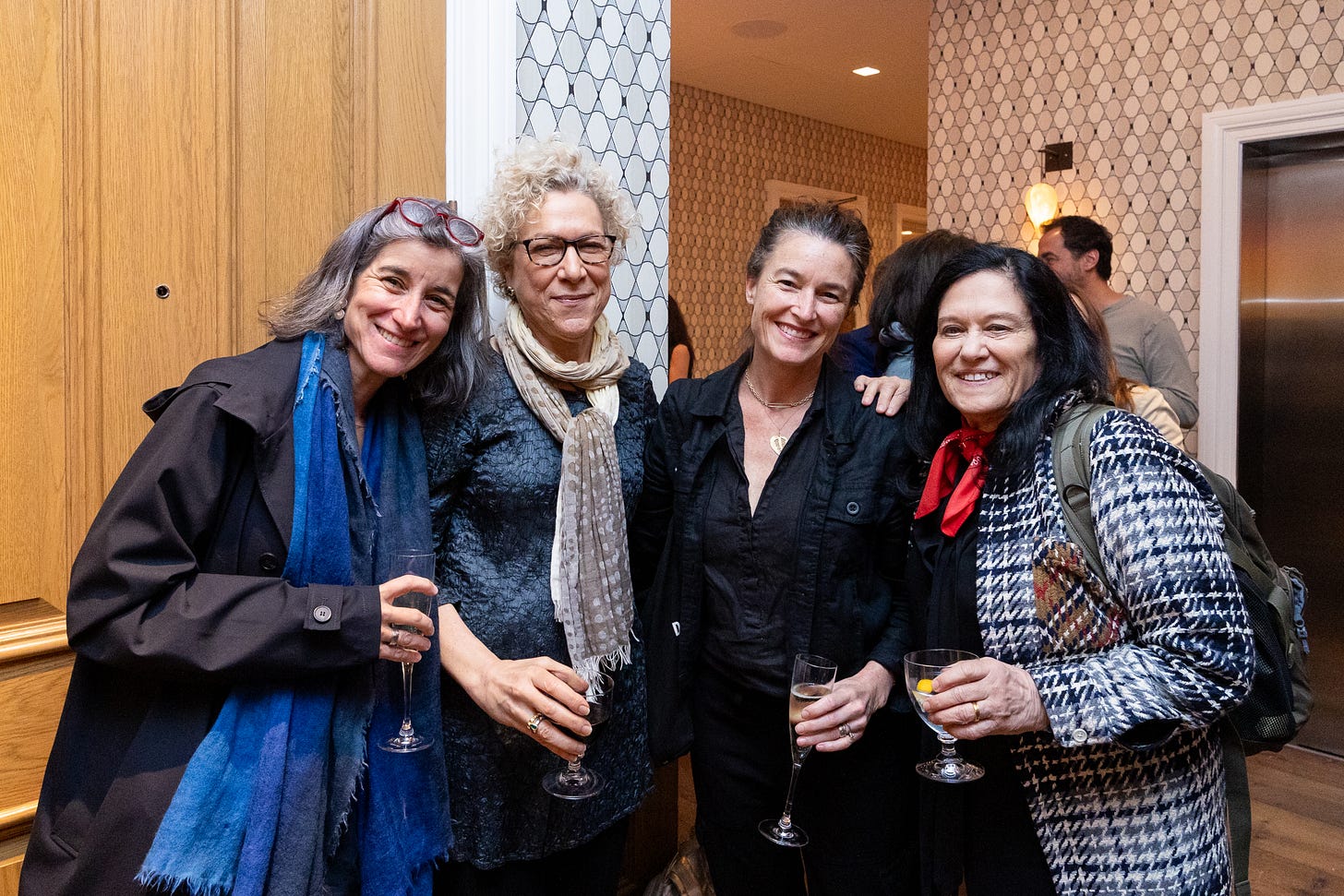
Emceed by Pure Nonfiction’s and attended by more than 120 people, including Oscar winner and Oscar nominees and , the event featured two hours of clips and conversations, culminating in Thompson’s keynote. Following the discussions, the guests mingled at a lively cocktail reception in the Crosby’s vibrant Britannia event space.
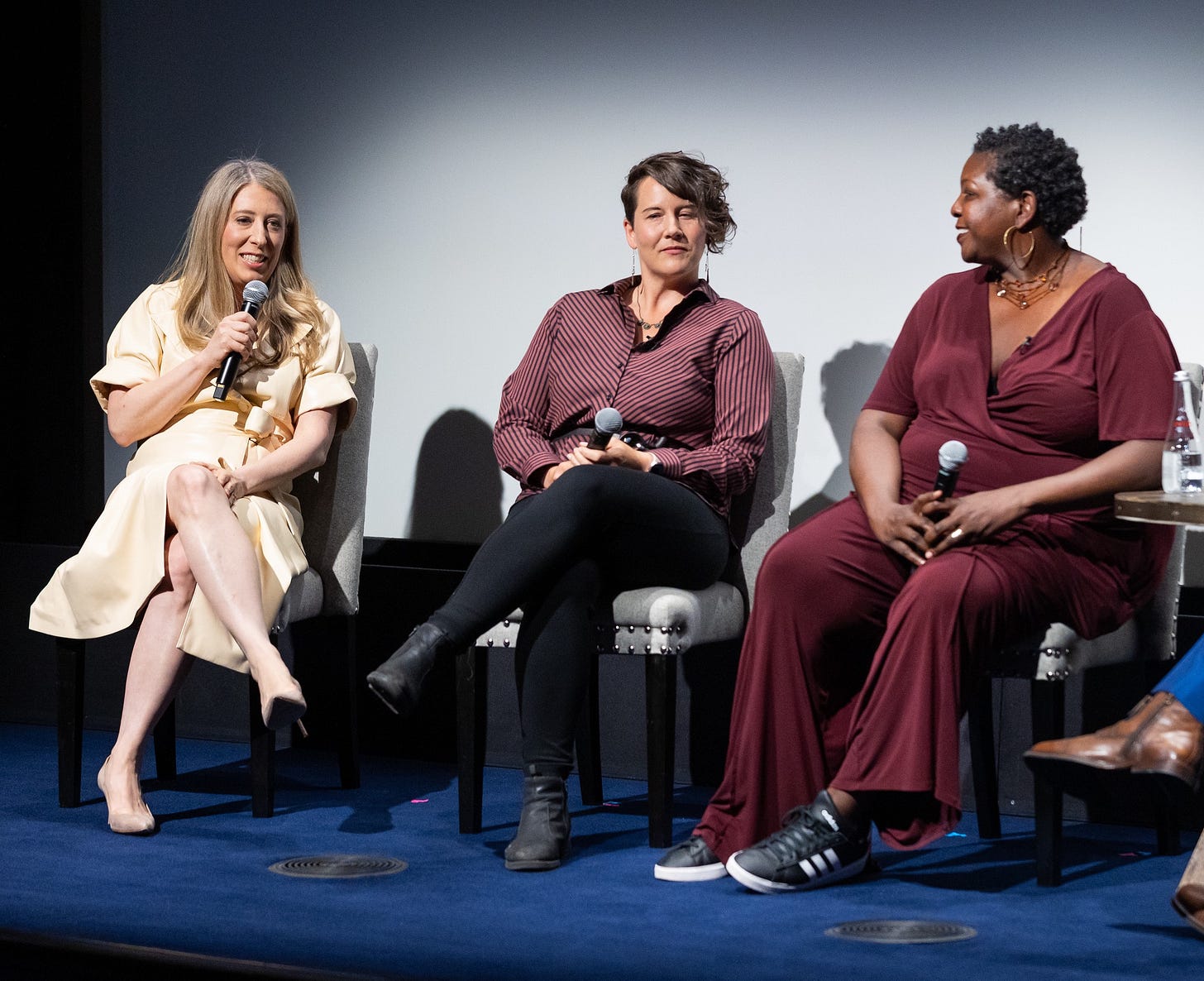
filed her lawsuit against him in 2023, and Combs was arrested in 2024. However, the team behind The Fall of Diddy was at work on their five-part Investigation Discovery series well before then. Without the outsized attention around the case, it made the team’s job that much more difficult to get victims who wanted to talk.
“We had been in this space talking to people before the deluge of people came around and started to build relationships,” co-director Schwartz told Powers on stage. “Over time, more and more people started wanting to talk to us,” she said, also noting that there were plenty of closed doors along the way. But by the time Combs was arrested, “More people started to see those events and reflect upon their past, and then people would take our call again,” Schwartz said.
Richen added that while participants were fearful, she also saw them find solace in the opportunity to be part of the project. “I believe that our participants found the process of holding him accountable, of telling their story that so many of them had kept hidden for so long, was a part of their healing process as well,” she said.
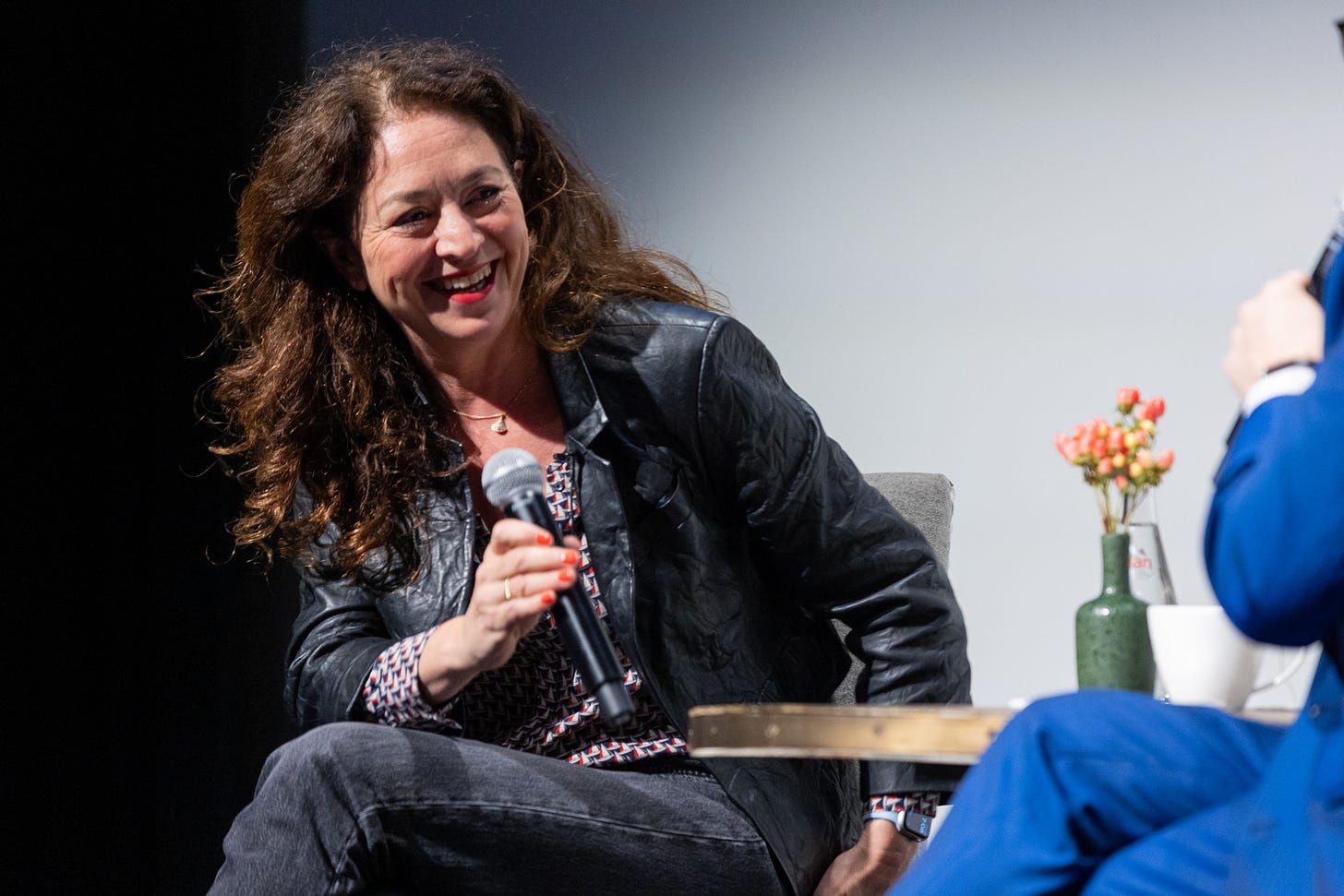
Another true-crime series that began to form before big breaks in the case it documents is Gone Girls: The Long Island Serial Killer, directed by . In 2015, she received a script that delved into the murders of young female sex workers, which turned into the 2020 Netflix feature drama she directed, Lost Girls. Then, three years later, the Oscar- and Emmy-winning filmmaker saw the breaking news alert about the arrest of the suspected killer. “I reached back out to the families who I had been in touch with since the film,” Garbus said, “and started a conversation about whether it was the time to do a 360 look at the whole case in documentary form.”
The resulting Netflix series, Gone Girls, focuses on all aspects of the complicated, tragic story, but one thread Garbus was particularly keen on exploring was why the victims received less of the spotlight than the perpetrator. “What was so interesting about this story is in some ways, the narrative was really reversed because these were families and these were victims whose stories were not being told,” Garbus said. “If they were being told, they were being told as, ‘She’s a prostitute’ — end of sentence. ‘And that’s why she went missing’.”
Like The Fall of Diddy and Gone Girls, Ren Faire draws on — admittedly far lighter — real-life subject matter. However, in capturing the truth of that reality, Oppenheim wasn’t afraid to not only involve his subjects in the creative process but also restage certain scenes to give them more dramatic weight.
“It required embracing the artifice of the production to get to a deeper truth,” said Oppenheim, who noted that the process was made easier by the series’ participants — Renaissance fair workers — being actors by nature.
On the same day as Documentary Spotlight, the foul-mouthed king of the show’s titular Renaissance fair, , died at the age of 87. Oppenheim — who fell in love with his now-wife, a producer on the project, while making the three-part series for HBO — said he thinks about Coulam “all the time,” and though he’s very sad that the series’ “King George” is gone, “He’s still somewhere with us.”
career, filmmaker and Oscar-nominated producer has collaborated with some of Hollywood’s biggest stars, including , , and even the legendary . However, even Hudlin was left with a fresh perspective on the industry thanks to his work as co-director on the two-part Apple TV+ documentary, Number One on the Call Sheet, where top Black actors and actresses recount their experiences on set.
“I just felt so fortunate to be asking these questions and getting these answers,” said Hudlin, who directed the two-part doc with . “The movie is about a winner’s mindset, ultimately. But there are all these different paths to winning,” he adds, citing Oscar winners like and and populist entertainers like and . “There’s all these paths to winning, but they all have something in common, which is being willing to do the work.”
is no stranger to doing the work on her YouTube series Challenge Accepted, in which she forces herself to go from amateur to pro in a specific lifestyle or profession. Her conversation with Powers centered on a 77-minute episode in which she trains for a black belt in taekwondo for 90 days. Khare, whose YouTube bio lists her as the platform’s resident daredevil, is a “very fearful and anxious person,” she said. But that’s just why Khare started the series: “Each episode is me tackling a different part of my own fear.”
When Khare began her video creation journey on YouTube, she said, she didn’t see anyone who had occupied her current lane quite yet, and she wasn’t sure how she fit in alongside her idols, like , or . “I was honestly kind of forced into this direction of doing it myself,” she reflected, while noting that the end result has been more satisfying than she imagined. “The best greenlight you can give and receive is from yourself,” she said.
of The Beatles in 1964 has been scrutinized as thoroughly as any piece of pop history from the 20th century. So how did director find a new way to attack the British Invasion? A fresh perspective and a whopping 20 minutes of new footage from and ’ all-access time following the band. “We’re in a world now where there are so many collectors,” Tedeschi said. “Things that were thought to be lost are turning up again, and there’s quite a lot of stuff from that” in his Disney+ documentary, Beatles ’64.
The director began his career in the 16mm film era, which he recalls as being scratchy and dirty very quickly. But with the Maysles brothers’ footage, it was as if “’s company, Park Row, did a full picture restoration and put a magic wand over it,” he said. Tedeschi added: “They had the original negative, and they had everything. . .so when I came onto the project, it was all organized very neatly with a bow in the edit, and it was extraordinary.”
Tedeschi was also delighted to find the footage not only from The Beatles’ performance in Washington D.C., but from their Ed Sullivan Show appearance as well. “We’re interested in the music as much as we’re interested in anything else about The Beatles,” said the director.
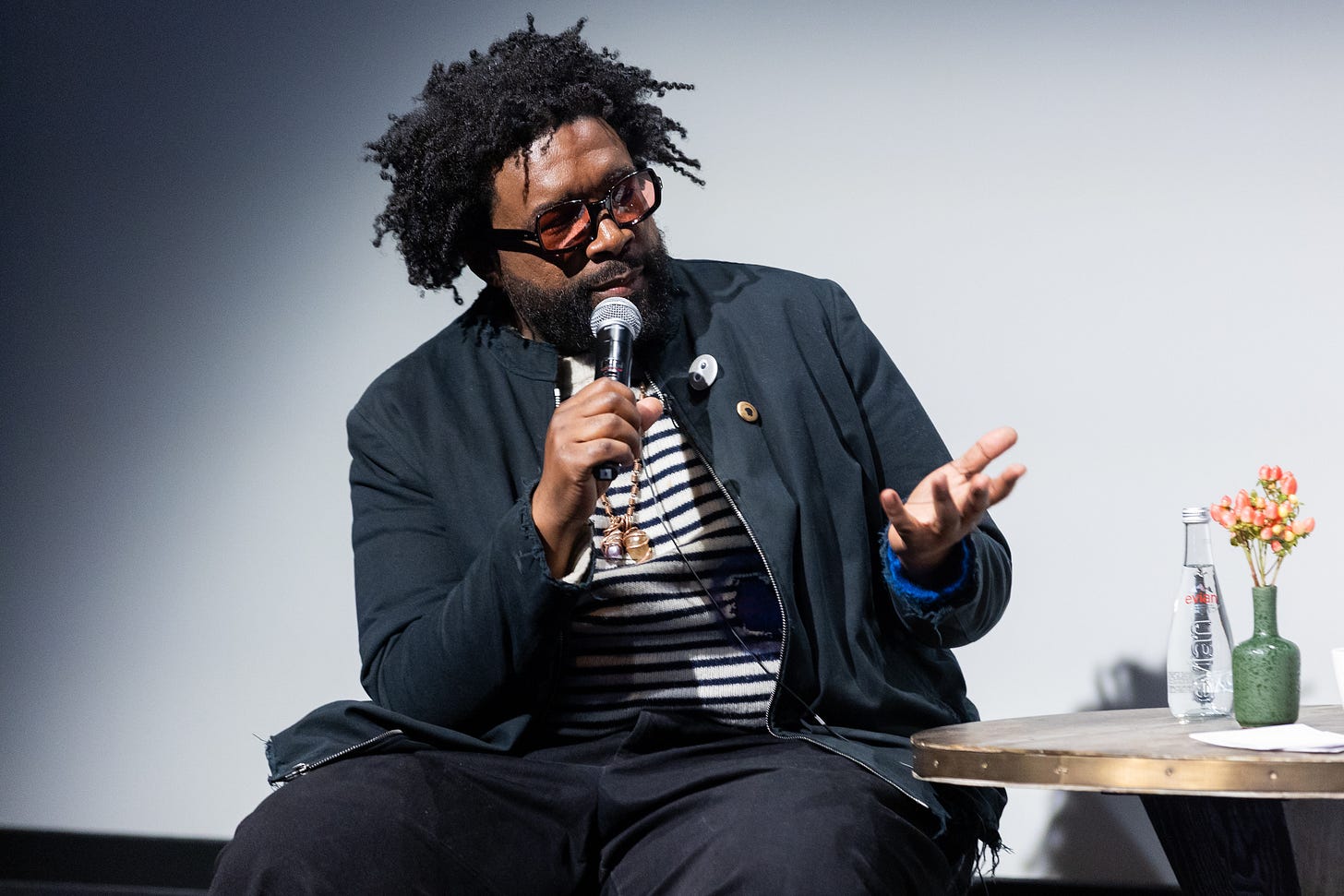
Thompson also had the daunting task of adapting a widely recognized piece of history into a new documentary with Ladies & Gentlemen... 50 Years of SNL Music, which featured the untold stories behind Saturday Night Live’s musical performances and interviews with those involved. In addition to securing interviews with reticent talent, Thompson faced the challenge of clearing the rights from the various artists and their estates. “There were holdouts,” he said. “So relationships are everything.”
For the drummer and Oscar-winning documentarian, nailing the opening montage of the film was critical. “In my mind, what good is any SNL product or project if it doesn't have a strong cold open?” he told Powers. So Thompson, his co-director Oz Rodriguez and editor John MacDonald spent countless hours tweaking the introduction to his NBC documentary to squeeze in as many legendary musical performances as possible into just six minutes. “It took us 11 months,” he said of the sequence, which weaves together artists from Taylor Swift to Busta Rhymes and was finished long after the rest of the doc was wrapped.
“I begged for a four-month extension, and we would do 20 seconds a week; it had to be perfect.”
